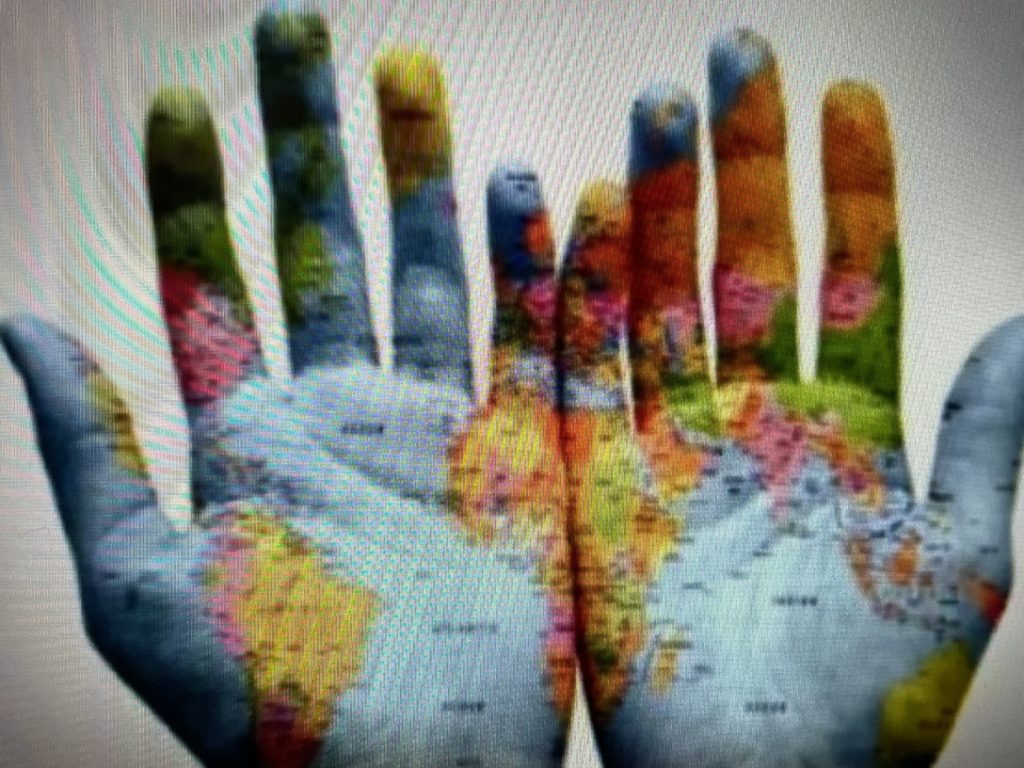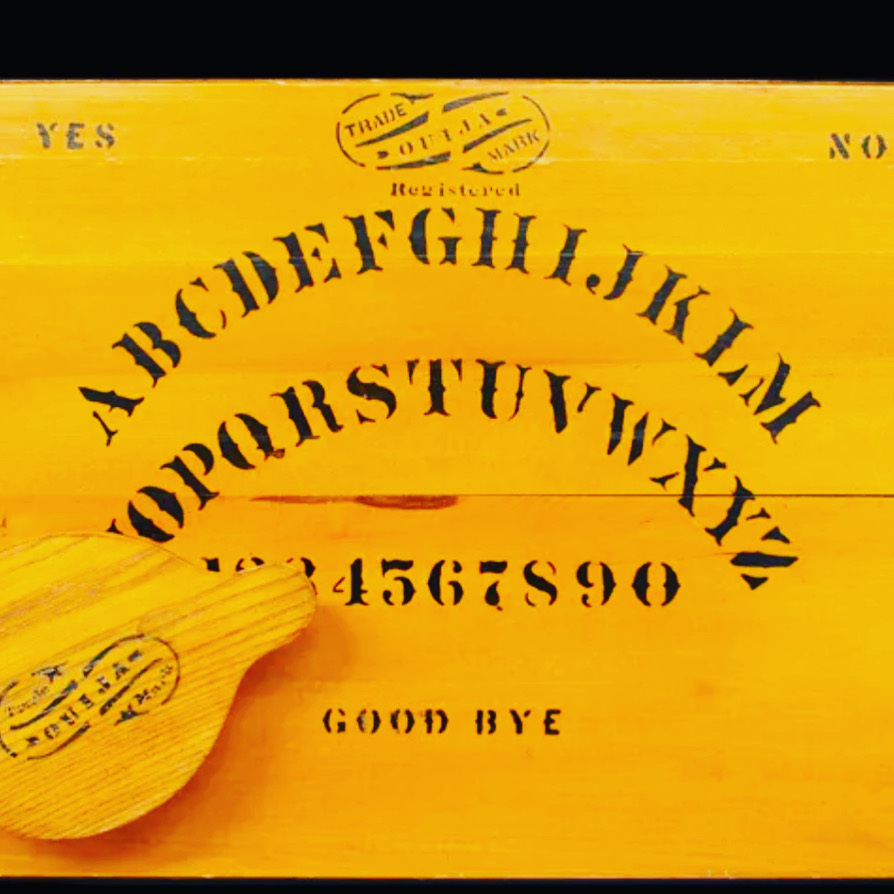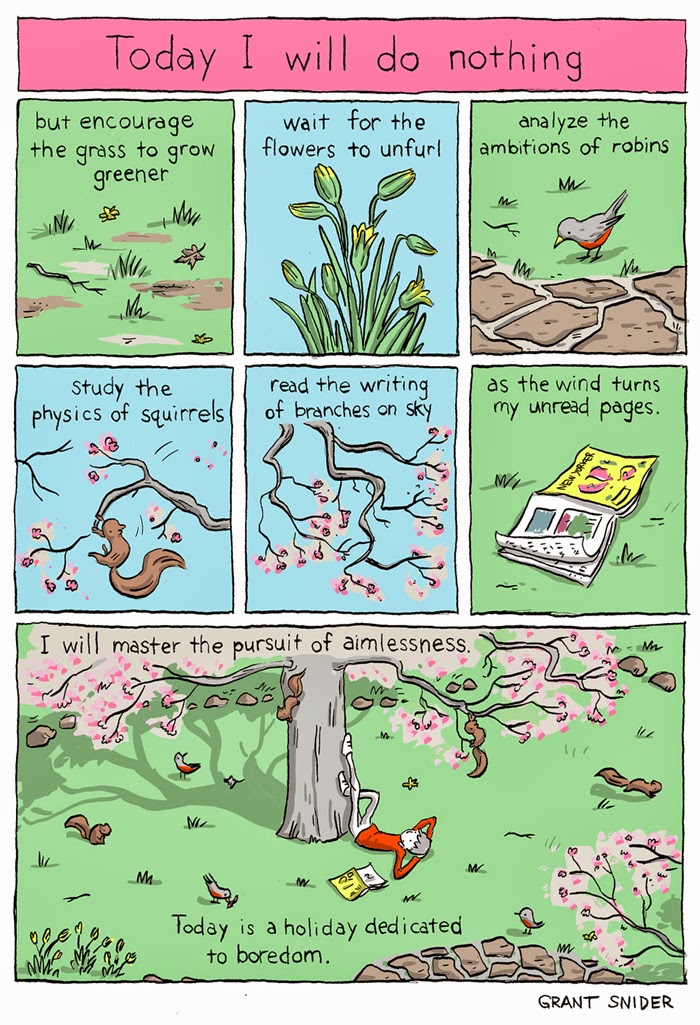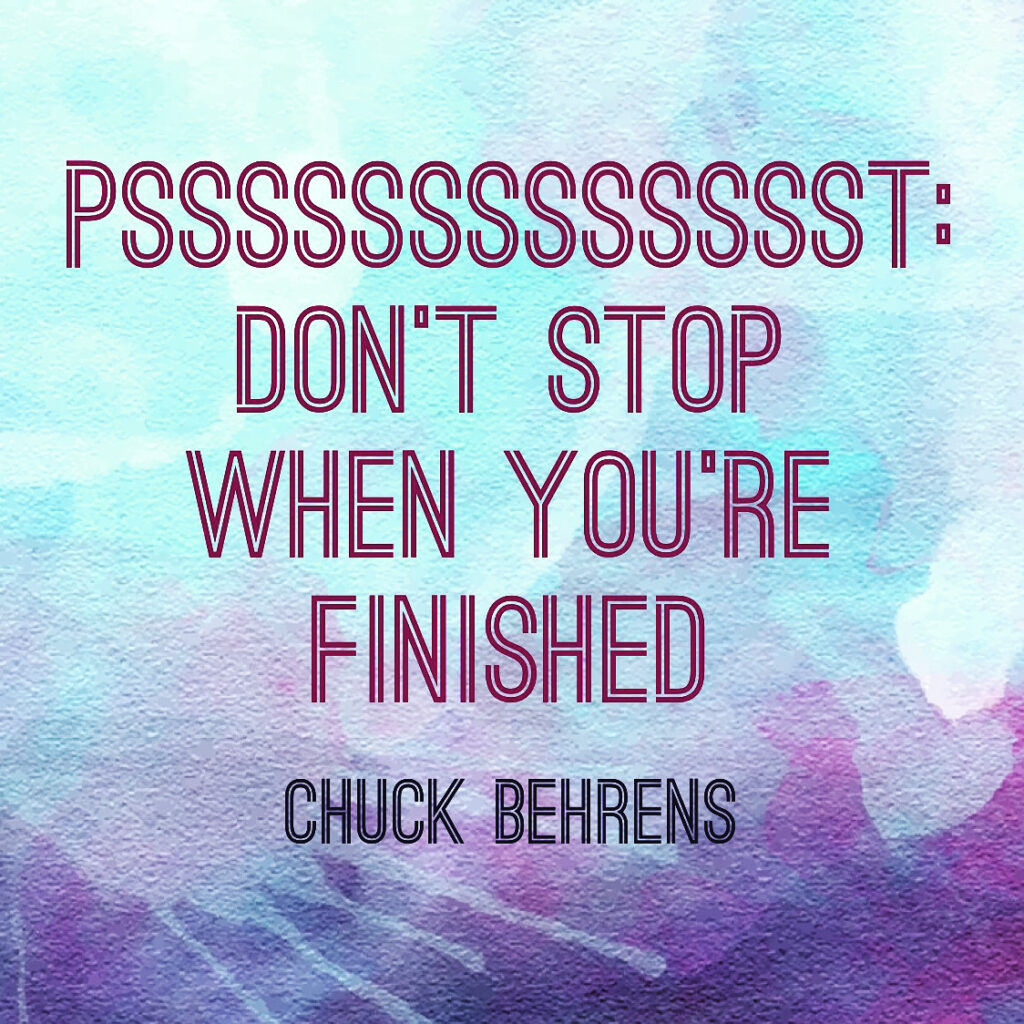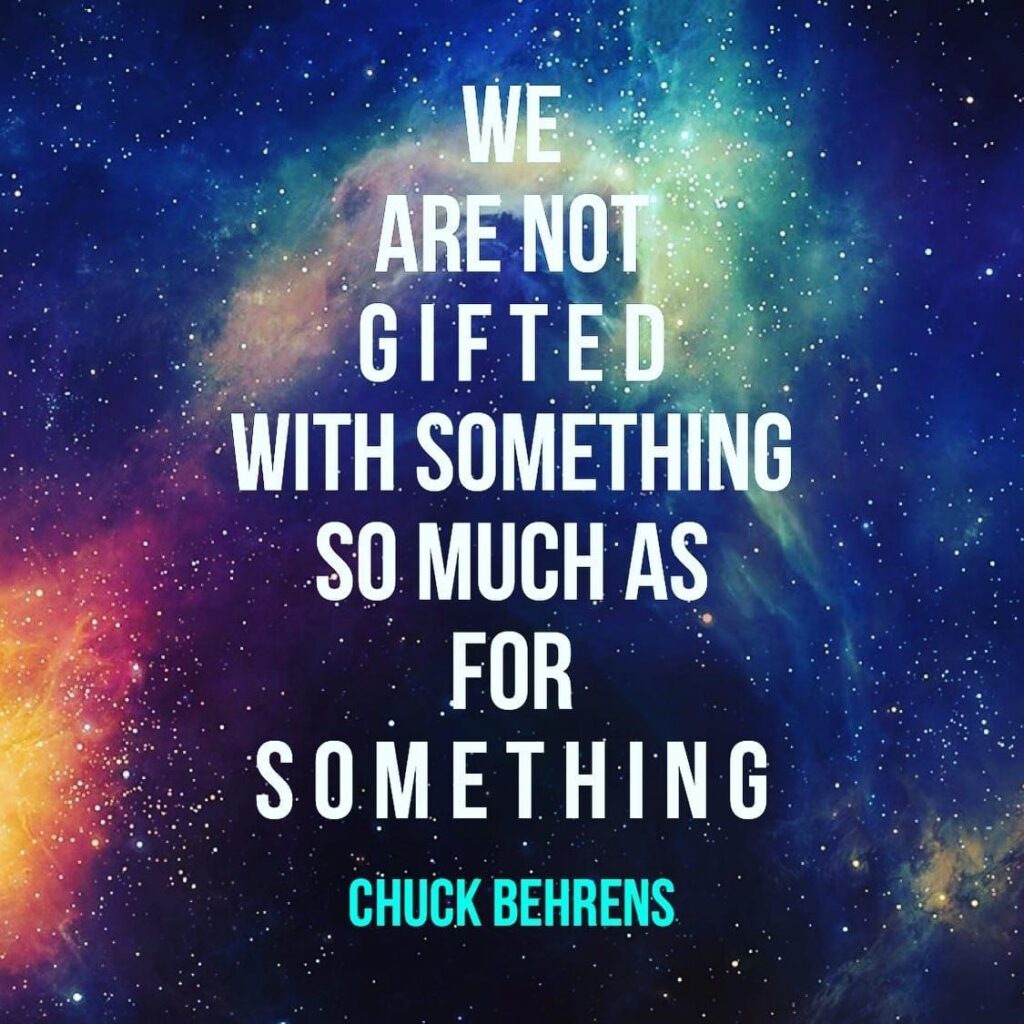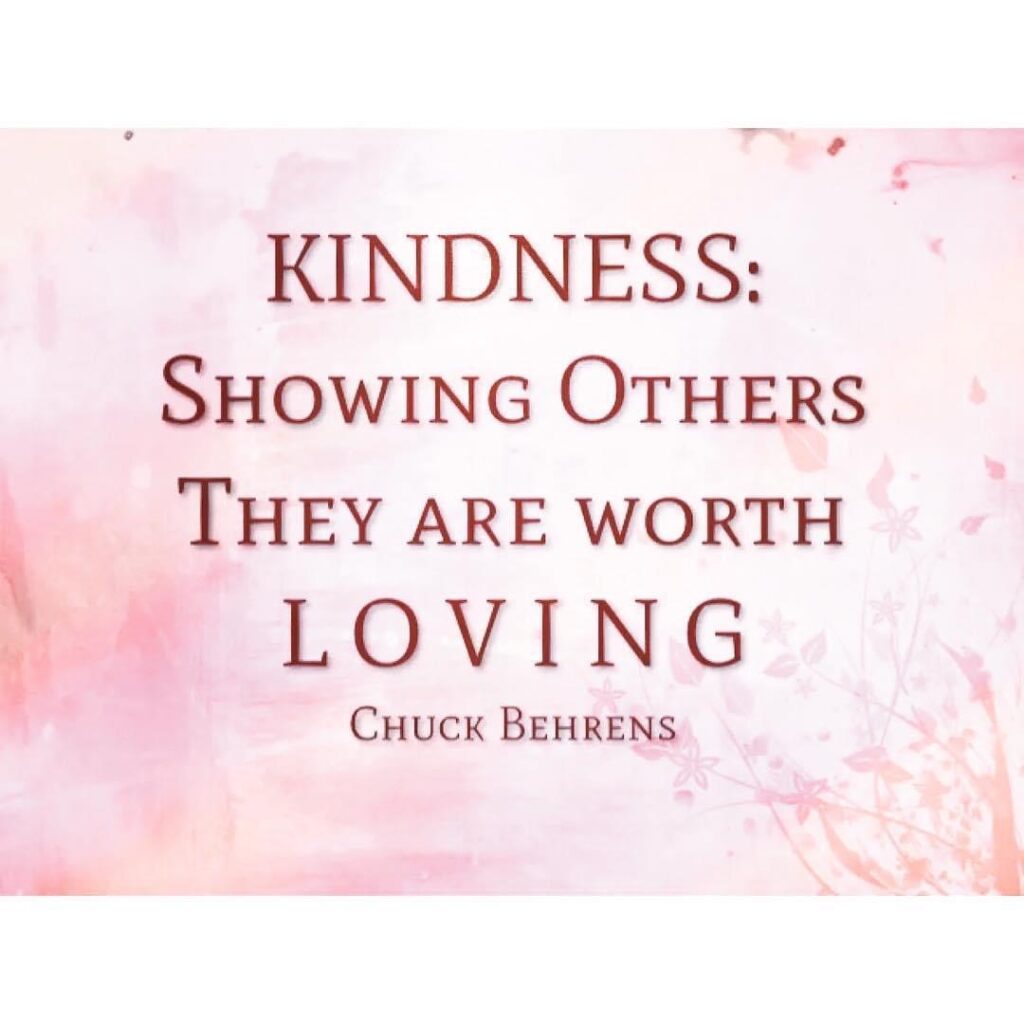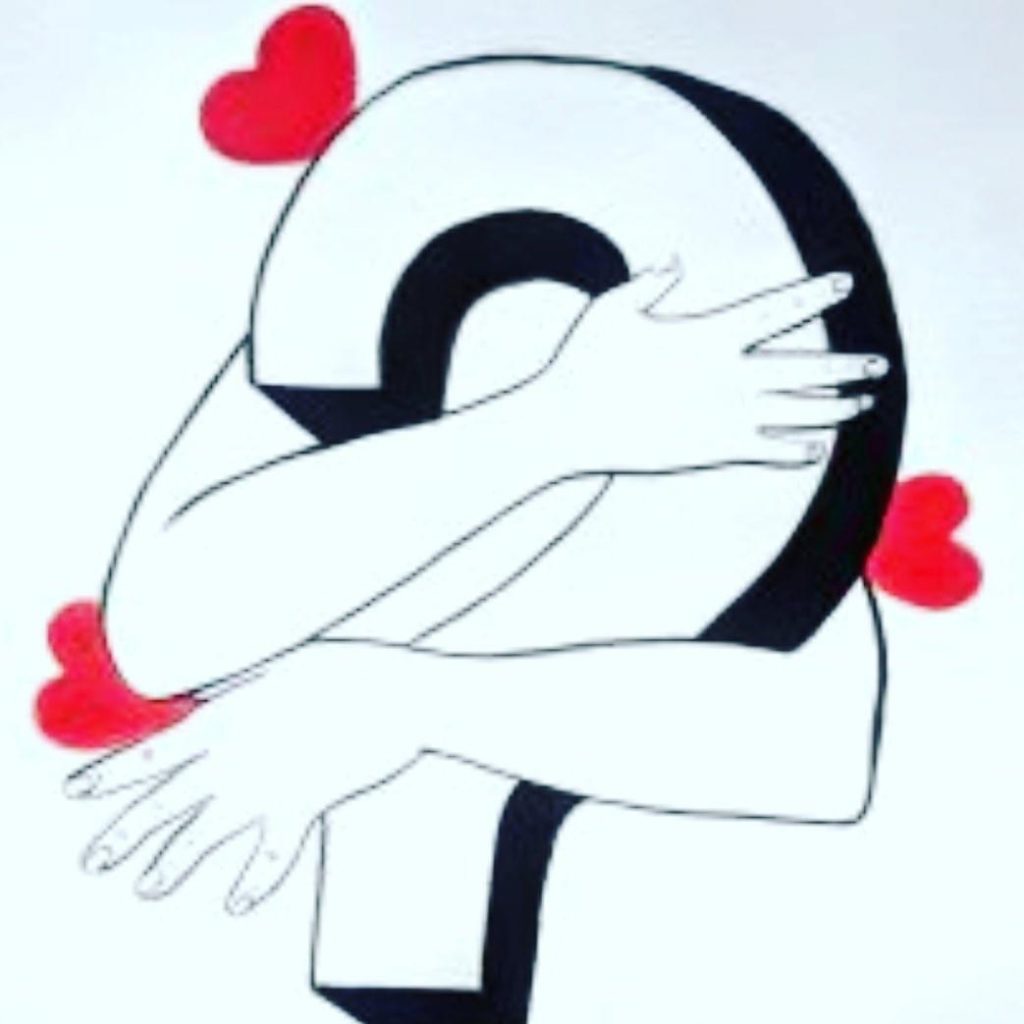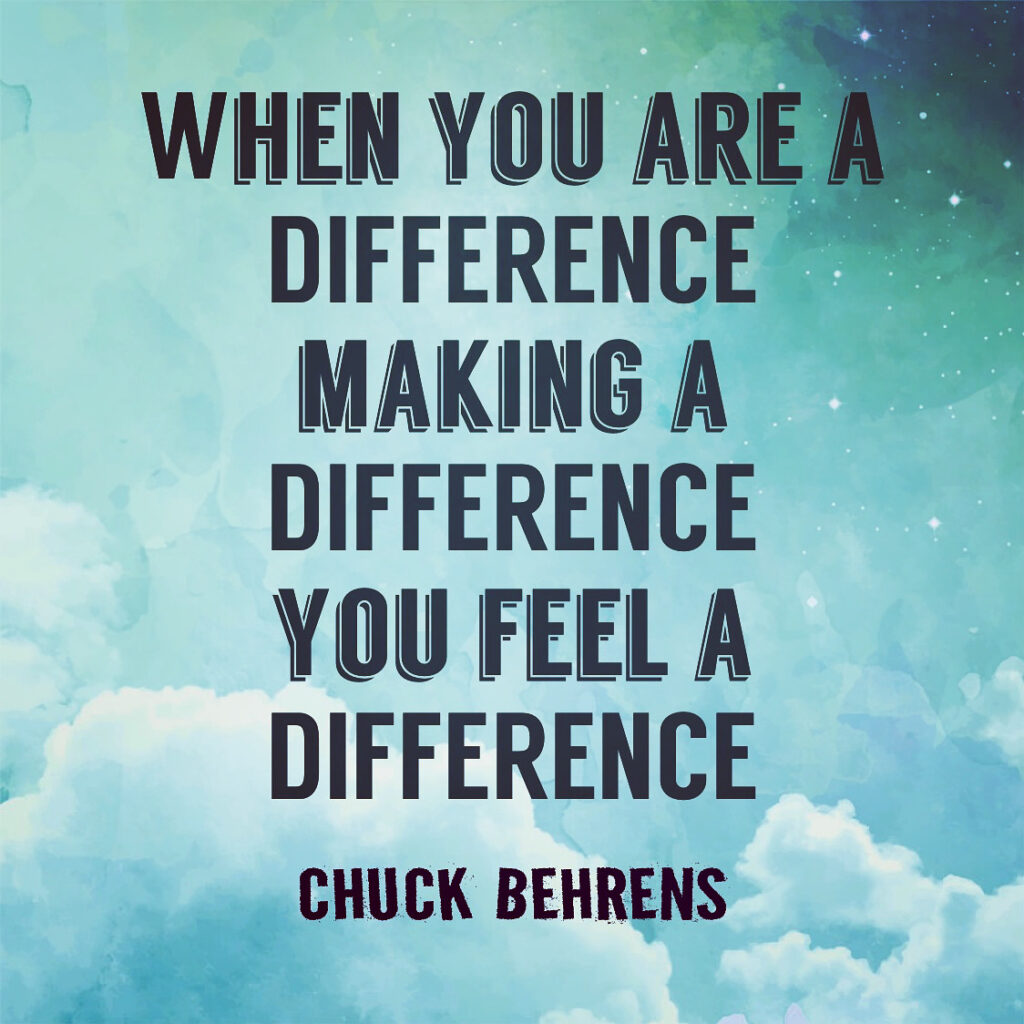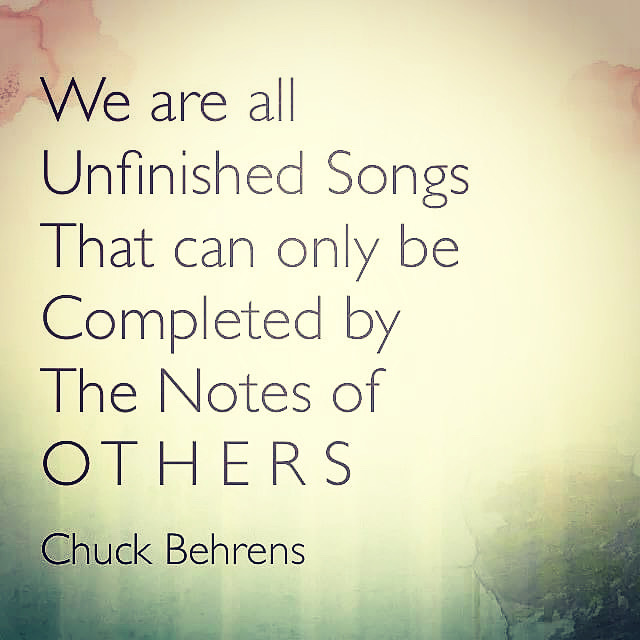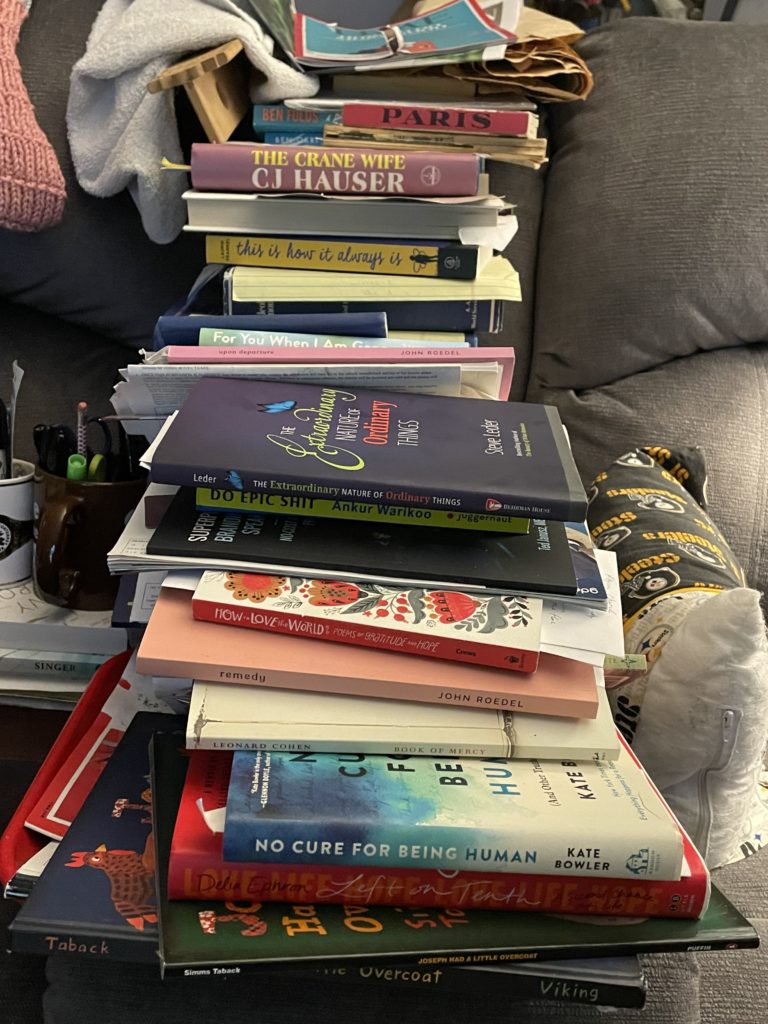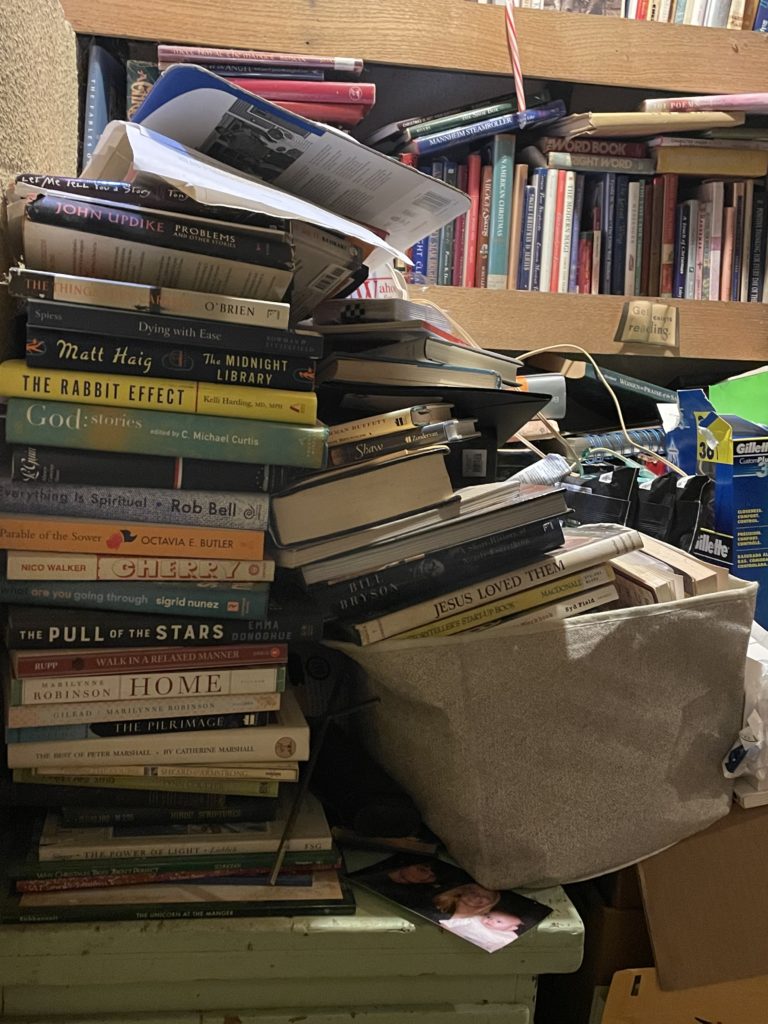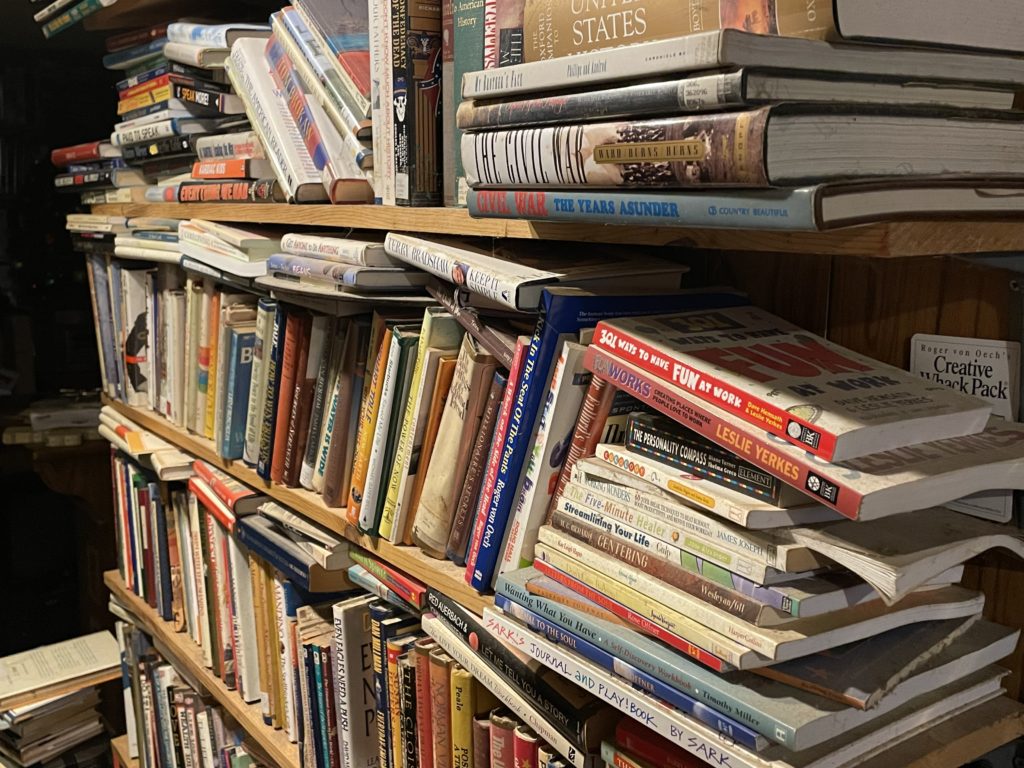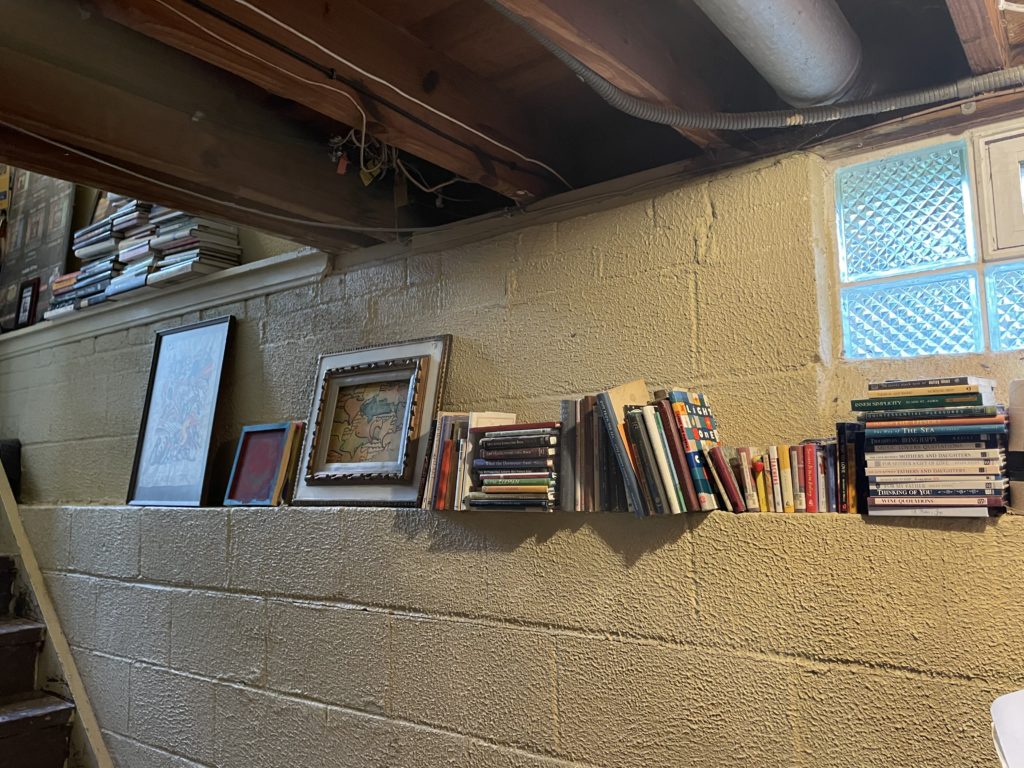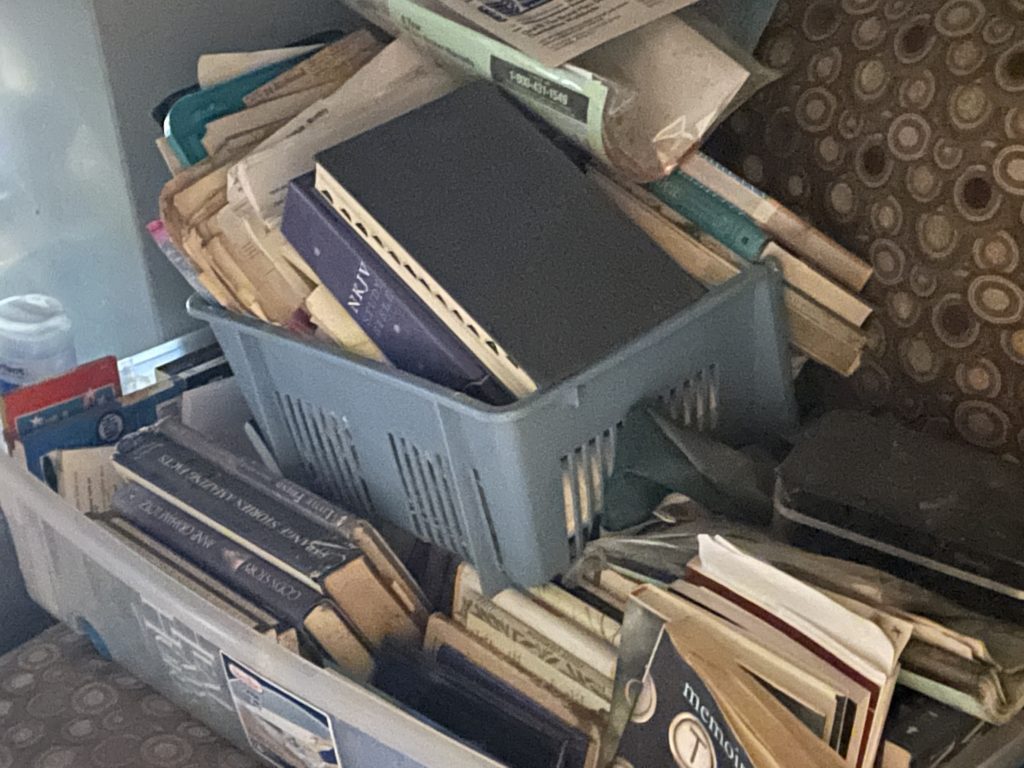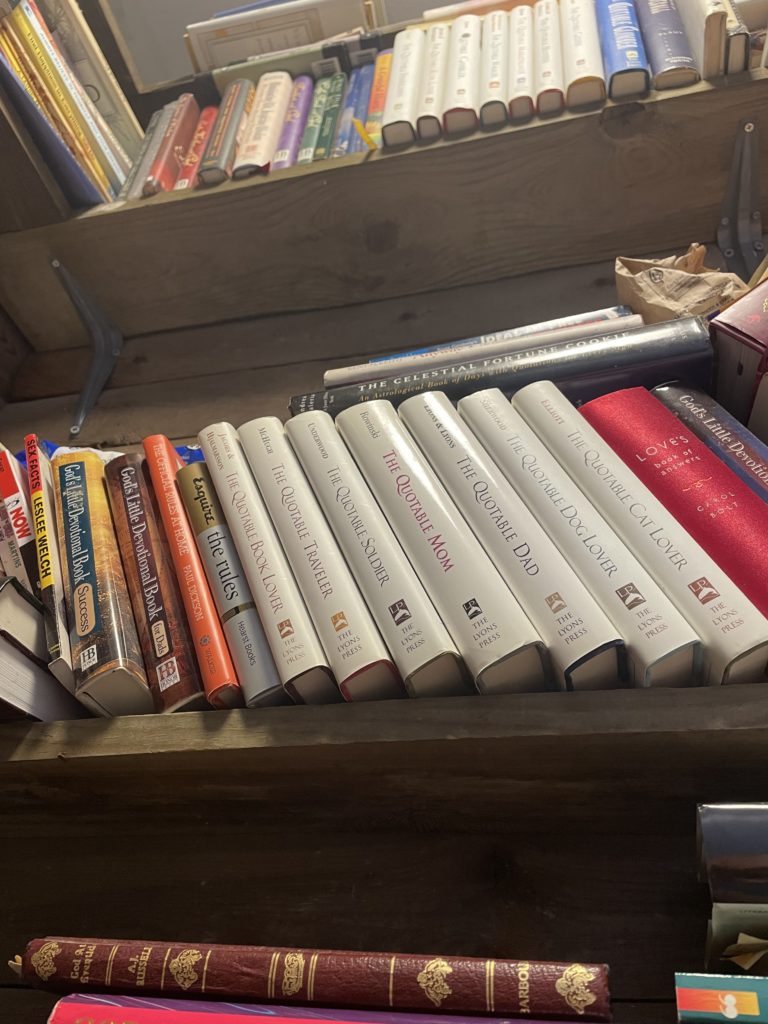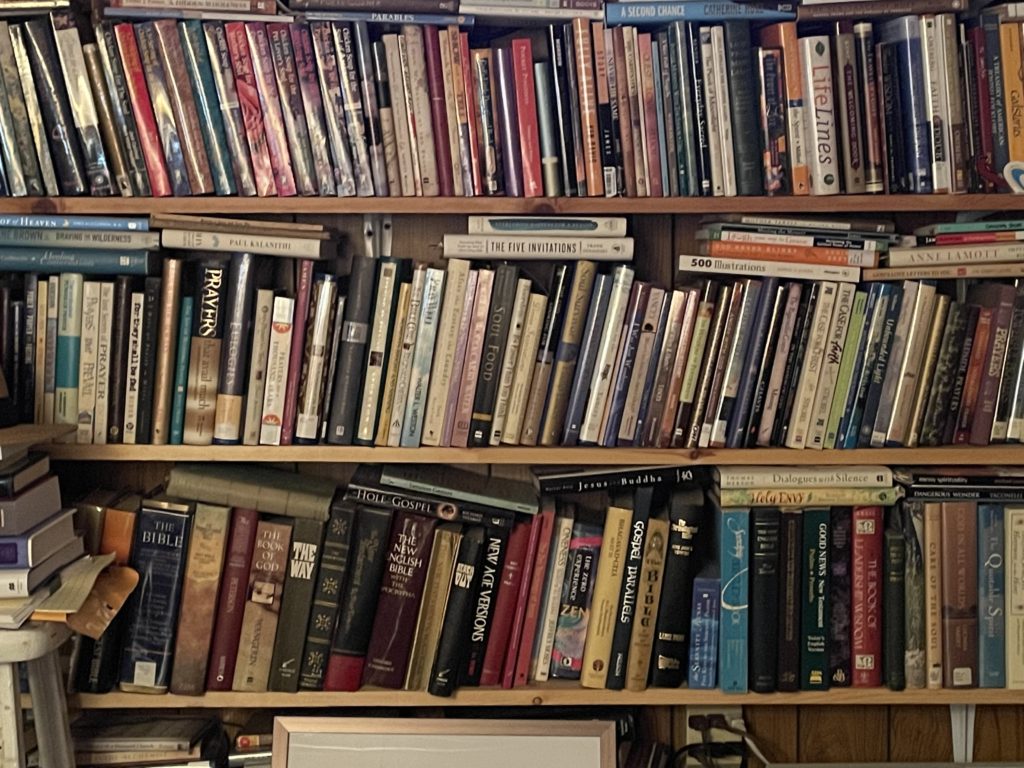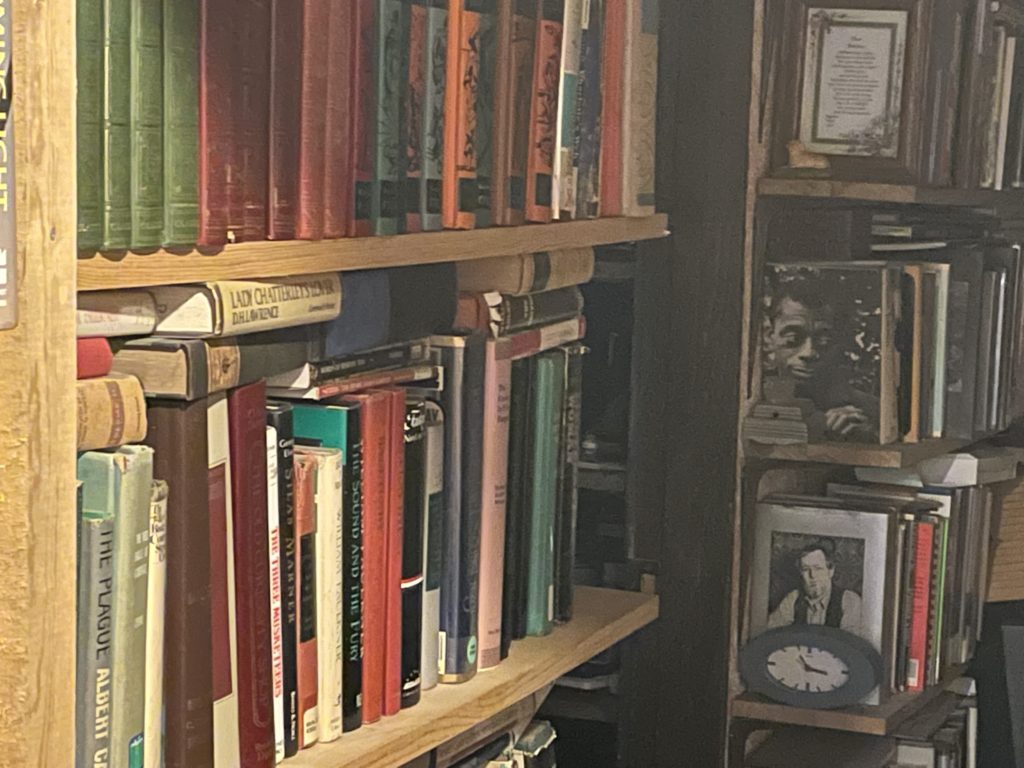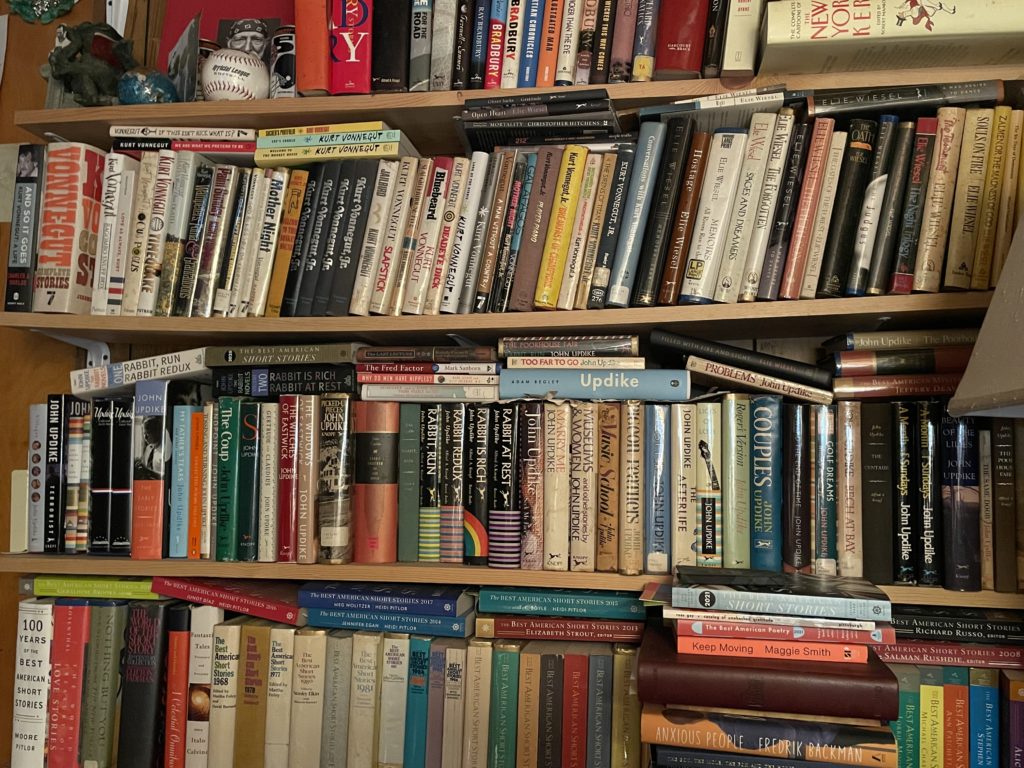The World is a Ouija Board
searching for the soft touches of
healing finger tips
that search out personifications of
PEACE
HEALTH
WELL-BEING
SAFTEY
HOPE
LOVE
COMPASSION
KINDNESS
Bringing what’s so not ever There
to so what’s forever now to be Here
The Tear drop Planchette
scrapes away all that’s hurtful
as it wipes away the bitter salty tear
and replaces it with a Smile
every face shares
because the pain of one is
no longer the ache of all
Banished forever
World Peace can’t be legislated
but a continuous deep unfiltered love
won’t be denied
Oh how I yearn for the feel
of those soft touches of healing fingertips
Even now as my fists ease
and my hand opens to reach
for another unfolded hand
to form a prayer not be prayed
but shared and lived
in a game
that can’t be boxed up
when it’s over
 OR
OR
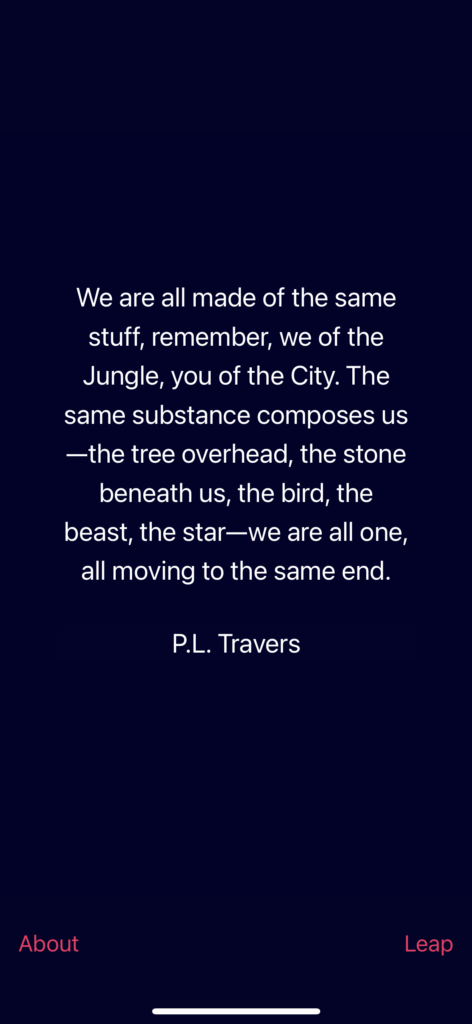 SEE. . .
SEE. . .
even now we get to choose an
ending
(SO WHY NOT MAKE IT AN ENDLESS BEGINNING?)
